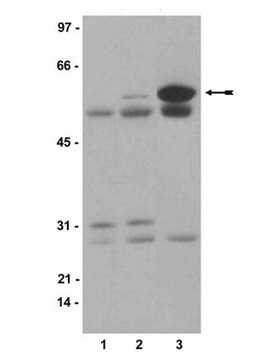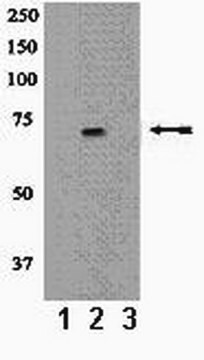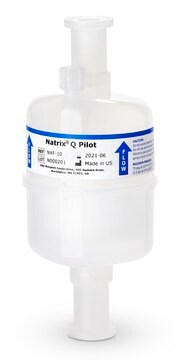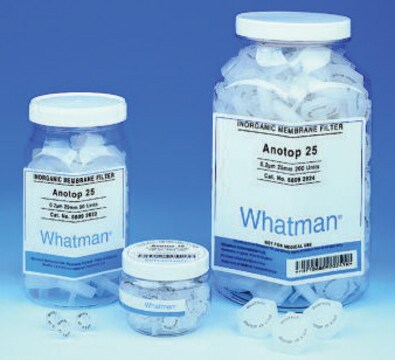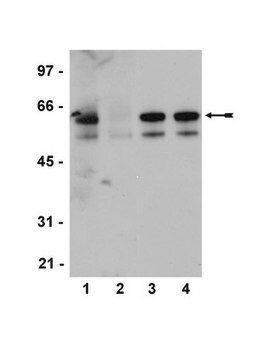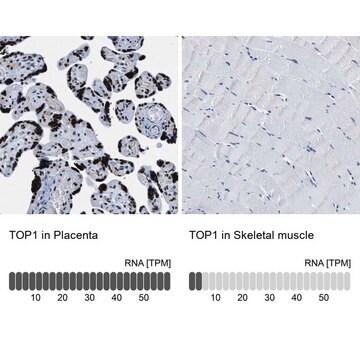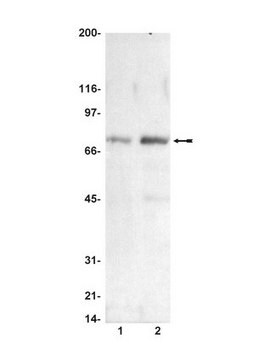04-857
Anti-phospho-Src family (Tyr416) Antibody, clone 2N8, rabbit monoclonal
culture supernatant, clone 2N8, Upstate®
Sinónimos:
Proto-oncogene tyrosine-protein kinase Src, Proto-oncogene c-Src, pp60c-src, p60-Src
About This Item
Productos recomendados
origen biológico
rabbit
Nivel de calidad
forma del anticuerpo
culture supernatant
tipo de anticuerpo
primary antibodies
clon
2N8, monoclonal
reactividad de especies
vertebrates, mouse
fabricante / nombre comercial
Upstate®
técnicas
western blot: suitable
isotipo
IgG
Nº de acceso NCBI
Nº de acceso UniProt
Condiciones de envío
dry ice
modificación del objetivo postraduccional
phosphorylation (pTyr416)
Información sobre el gen
human ... SRC(6714)
Descripción general
Especificidad
Inmunógeno
Aplicación
Signaling
Cytoskeletal Signaling
A 1:1000 dilution of this lot detected phospho-c-Src in RIPA lysates from COS cells transfected with active Src (Cat # 21-115) (Figure A).
Immunoprecipitation:
A previous lot detected endogenous phospho-c-Src immunoprecipitated from NIH/3T3 RIPA lysates with anti-Src, clone GD11 agarose beads (Cat # 16-186) (Figure B).
Calidad
Descripción de destino
Ligadura / enlace
Forma física
Almacenamiento y estabilidad
Handling Recommendations: Upon receipt, and prior to removing the cap, centrifuge the vial and gently mix the solution. Aliquot into microcentrifuge tubes and store at -20°C. Avoid repeated freeze/thaw cycles, which may damage IgG and affect product performance.
Nota de análisis
RIPA cell lysate
Información legal
Cláusula de descargo de responsabilidad
¿No encuentra el producto adecuado?
Pruebe nuestro Herramienta de selección de productos.
Código de clase de almacenamiento
12 - Non Combustible Liquids
Clase de riesgo para el agua (WGK)
WGK 1
Punto de inflamabilidad (°F)
Not applicable
Punto de inflamabilidad (°C)
Not applicable
Certificados de análisis (COA)
Busque Certificados de análisis (COA) introduciendo el número de lote del producto. Los números de lote se encuentran en la etiqueta del producto después de las palabras «Lot» o «Batch»
¿Ya tiene este producto?
Encuentre la documentación para los productos que ha comprado recientemente en la Biblioteca de documentos.
Nuestro equipo de científicos tiene experiencia en todas las áreas de investigación: Ciencias de la vida, Ciencia de los materiales, Síntesis química, Cromatografía, Analítica y muchas otras.
Póngase en contacto con el Servicio técnico